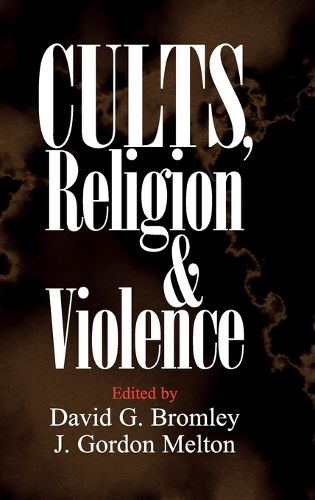Readings Newsletter
Become a Readings Member to make your shopping experience even easier.
Sign in or sign up for free!
You’re not far away from qualifying for FREE standard shipping within Australia
You’ve qualified for FREE standard shipping within Australia
The cart is loading…






This explores the question of when and why violence by and against new religious cults erupts and whether and how such dramatic conflicts can be foreseen, managed and averted. The authors, leading international experts on religious movements and violent behavior, focus on the four major episodes of cult violence during the last decade: the tragic conflagration that engulfed the Branch Davidians in Waco, Texas; the deadly sarin gas attack by the Aum Shinrikyo in Tokyo; the murder-suicides by the Solar Temple in Switzerland and Canada; and the collective suicide by the members of Heaven’s Gate. They explore the dynamics leading to these dramatic episodes in North America, Europe, and Asia, and offer insights into the general relationship between violence and religious cults in contemporary society. The authors conclude that these events usually involve some combination of internal and external dynamics through which a new religious movement and society become polarized.
$9.00 standard shipping within Australia
FREE standard shipping within Australia for orders over $100.00
Express & International shipping calculated at checkout
This explores the question of when and why violence by and against new religious cults erupts and whether and how such dramatic conflicts can be foreseen, managed and averted. The authors, leading international experts on religious movements and violent behavior, focus on the four major episodes of cult violence during the last decade: the tragic conflagration that engulfed the Branch Davidians in Waco, Texas; the deadly sarin gas attack by the Aum Shinrikyo in Tokyo; the murder-suicides by the Solar Temple in Switzerland and Canada; and the collective suicide by the members of Heaven’s Gate. They explore the dynamics leading to these dramatic episodes in North America, Europe, and Asia, and offer insights into the general relationship between violence and religious cults in contemporary society. The authors conclude that these events usually involve some combination of internal and external dynamics through which a new religious movement and society become polarized.